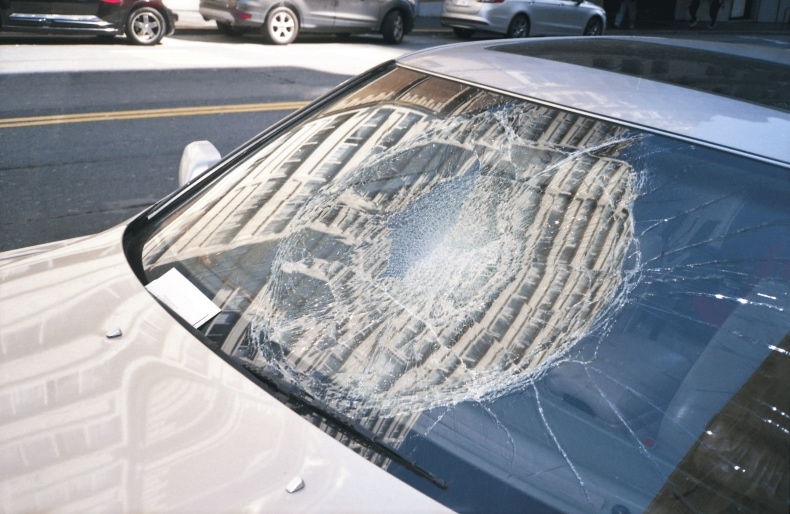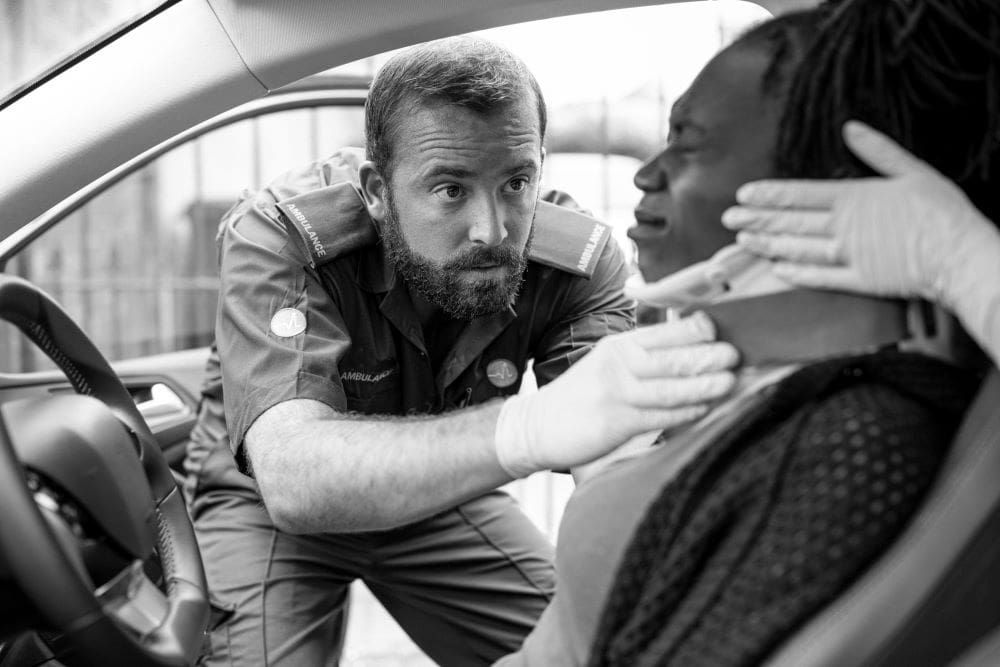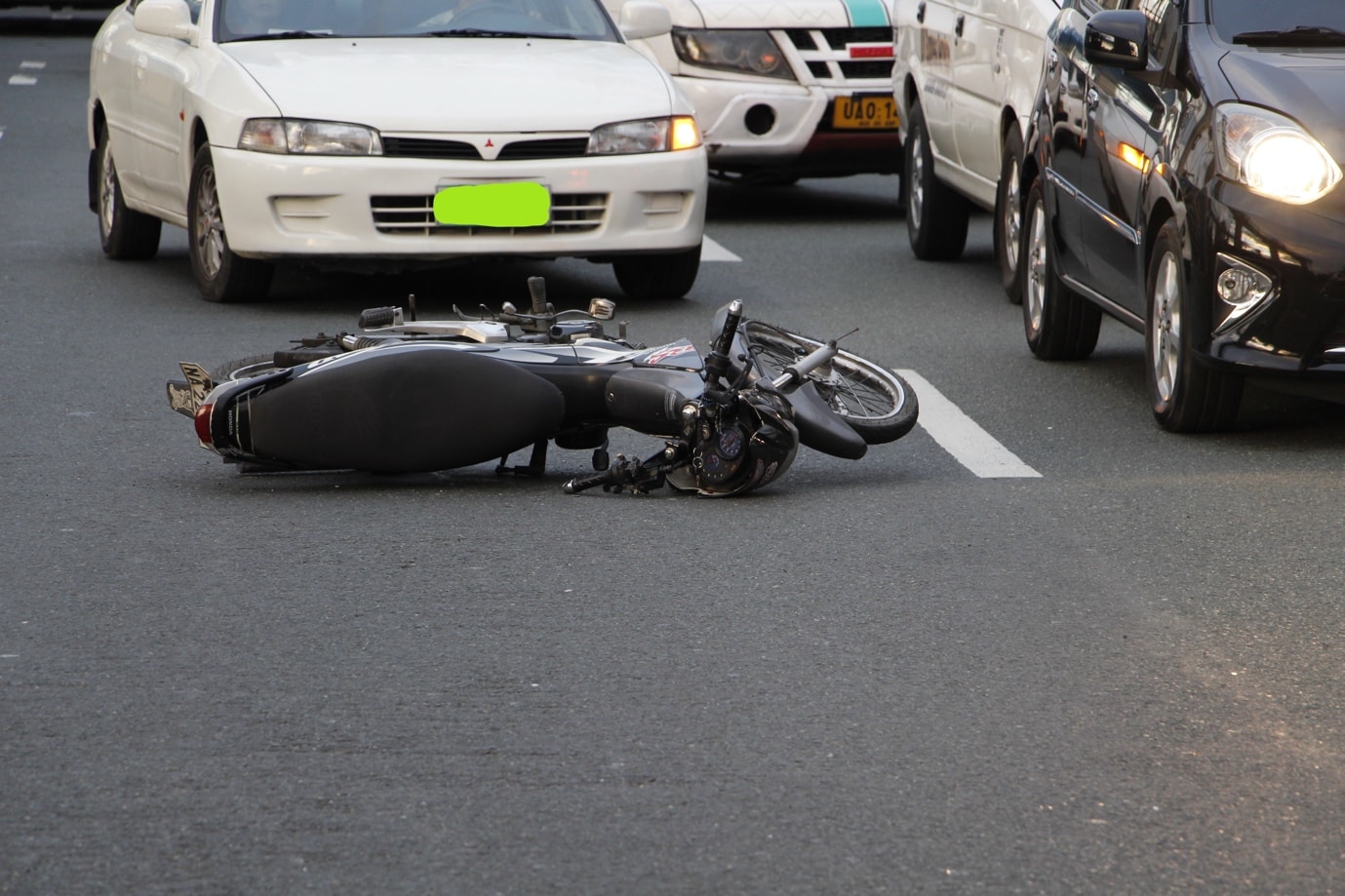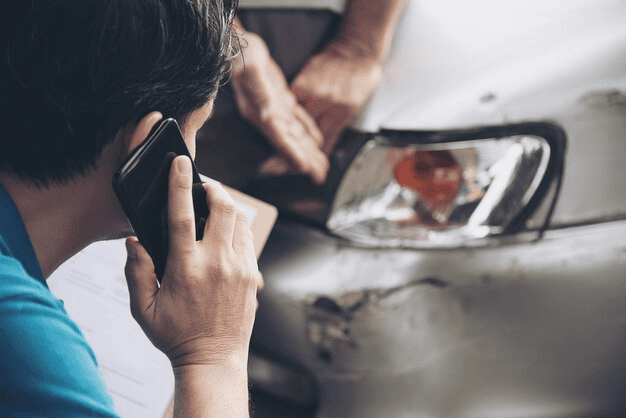
When a hit-and-run driver disappears into the night, victims are left behind, confused, injured, and searching for answers. It’s more than just a traffic violation. Hit-and-run incidents often cause devastating injuries, emotional trauma, and medical bills. But while you focus on healing, Nevada law begins counting down on how long you have to file your personal injury claim. Understanding Nevada’s statute of limitations for hit-and-run injury claims is critical; missing key filing deadlines could mean losing your right to recover compensation forever.
This article unpacks everything you need to know about Nevada hit-and-run injury claims: from the legal process to your rights as an injured party, what documents you’ll need, and how to move forward before time runs out. We’ll also explain the role of insurance companies, civil courts, and the discovery rule, helping you understand how each impacts your path to compensation.
Understanding Nevada’s Hit-and-Run Laws and Your Legal Rights
Nevada treats hit-and-run accidents seriously. Leaving the accident scene without providing information or rendering aid is a crime. According to Nevada law, any driver involved in an accident that causes injury or death must stop immediately. Failing to do so can result in felony charges.
For victims, however, the law offers protection too. You have the right to file a personal injury lawsuit against the at-fault party, even if their identity is unknown at first. In such cases, your insurance policy may allow you to seek coverage under uninsured motorist protection, a clause designed to compensate victims of hit-and-run drivers.
Many personal injury claims involve severe, long-term consequences, and you must act fast to initiate your legal claim. With injuries that may not be immediately apparent, the law provides exceptions. The discovery rule allows more time to file when an injury only becomes known later. This rule can be essential in cases involving head trauma, internal bleeding, or psychological damage.
Critical Legal Deadlines Under Nevada’s Statute of Limitations
Timing is everything in personal injury cases. Under Nevada’s statute of limitations, victims generally have two years from the date of the car crash to file a personal injury claim. This includes any injuries sustained, property damage claims, or even wrongful death claims by surviving family members if the accident results in a fatality (Nevada Revised Statutes (NRS) § 11.190(4)(e)).
Here’s why this deadline matters:
- If you miss the deadline, the civil courts will likely dismiss your legal action.
- Most insurance companies refuse to negotiate if the claim promptly falls outside the legally allowed timeframe.
- Delaying can lead to lost police reports, fading witness statements, or misplaced medical records.
Exceptions do exist. For example, if the injured party was a minor, the clock may not start ticking until they turn 18. Under Nevada Revised Statutes (NRS) § 11.250, minors have two years from their 18th birthday to pursue most personal injury claims. Also, if you couldn’t identify the driver right away, your personal injury attorney may use the discovery rule to argue for an extension. Nevada courts may apply the discovery rule when the injured person could not reasonably discover the at-fault party or the injury itself right away. This rule extends the filing period in limited, fact-specific situations, giving victims more time to file their legal claim once the facts surface.
Gathering Evidence: What You Need to Build a Strong Claim
You’ll need strong documentation to support your accident claims. These items help prove fault, damage, and losses:
1. Police reports:
They confirm the accident involved a hit-and-run and may include witness contact info.
2. Medical records:
Essential to link injuries sustained directly to the crash. Include documentation of paid and unpaid medical bills.
3. Witness statements:
These can help identify the at-fault party or corroborate your version of events.
4. Property damage photos:
These support both car accident claims and property damage claims.
Remember, filing your insurance claim with detailed records can lead to a smoother process and potentially maximum compensation.
Insurance Companies and Their Role in Hit-and-Run Cases
When the other driver disappears, your own insurance company becomes central to the legal process. While Nevada law doesn’t require uninsured motorist coverage, many drivers choose to include it in their insurance policies to protect themselves in hit-and-run cases, which helps accident victims cover:
- Emergency medical attention
- Long-term medical bills
- Property damage
- Lost wages
However, insurance companies don’t always play fair. They might question the extent of your injuries or delay processing your claim promptly. If insurance negotiations fail, you may need to file a car accident lawsuit to pursue justice through the courts.
To ensure your case proceeds effectively, get help from an experienced personal injury attorney who understands Las Vegas filing procedures and how to challenge uncooperative insurance companies.
Why Legal Representation Matters in Most Personal Injury Lawsuits
Handling Nevada’s legal system is not easy, especially when you’re recovering from trauma. While many law firms offer support, you want an experienced attorney who knows how to push back when negotiations fail.
The right personal injury lawyer can:
- Ensure your injury claims are filed within the legal deadline
- Handle communications with insurance companies
- Build your car accident case with expert analysis
- Use legal strategies to uncover the at-fault party in hit-and-run cases
- Seek fair compensation for medical bills, emotional distress, and property damage
In most personal injury lawsuits, victims see better outcomes when they secure legal counsel early, especially when dealing with complex insurance issues or locating the hit-and-run driver.
Steps to Take After a Hit-and-Run Accident
If you’re ever in a hit-and-run, taking these steps can protect both your health and your legal rights:
1. Seek medical attention immediately:
Even if injuries don’t seem obvious, some can worsen without treatment.
2. Call the police:
A formal police report is crucial for your legal claim and insurance claim.
3. Document everything:
Take photos of the scene, your car, and any visible injuries.
4. Talk to witnesses:
Gather their contact info and request witness statements.
5. Notify your insurer:
Start the insurance claim process quickly.
6. Contact a skilled lawyer:
A personal injury or car accident attorney can walk you through the legal process, from paperwork to court if needed.
Don’t Let the Clock or the Driver Get Away
A hit-and-run leaves more than just dents; it leaves pain, fear, and unanswered questions. But you don’t have to face it alone or in a rush. You have rights under Nevada law, and the clock to file your personal injury claim starts the moment the crash occurs. Knowing the critical legal deadlines, preparing the right documents, and pursuing fair compensation through the proper channels can protect your future.
If you or a loved one has been the victim of a hit-and-run in Las Vegas or anywhere in Nevada, Bourassa Law Group is here to help. Our experienced personal injury lawyers know how to handle personal injury claims related to hit-and-run accidents, and we’re ready to fight for you. Contact us today for a free consultation.





